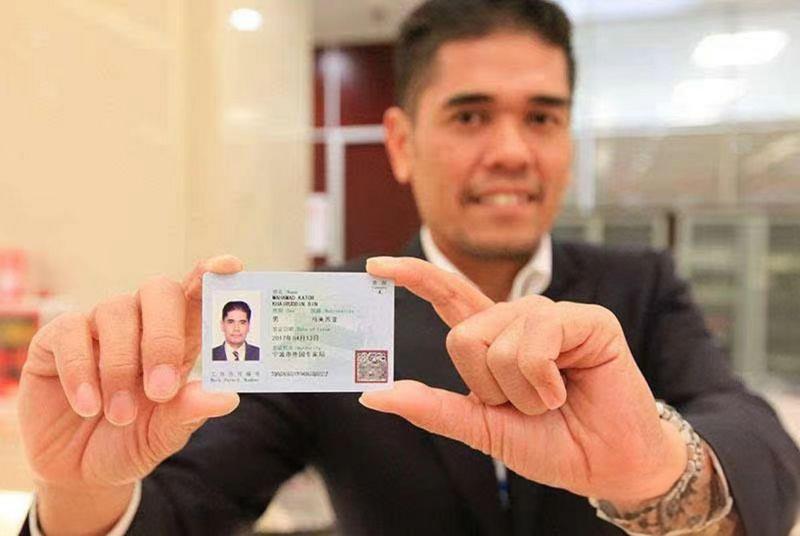WFOE in China requirements for taxation
China has a complex tax system with 18 types of taxes currently. Although, you don’t have to pay for them all in every case.
So, what kinds of taxes should you know? We’re going to about the most common taxes related to WFOEs in China.
Enterprise Income Tax (EIT)
In practice, the payment of enterprise income tax is monthly or quarterly. And the period is within 15 days after the end of the month/quarter (depending on the size of taxpayers).
The tax department will carry out audit and settlement (within 5 months from December 31).
Generally, the enterprise income tax comes from “business income”. And it calculates the pretax profit (PBT) generated in one month/quarter. Or the contract price of service provided in China. And it covers the income of companies branches without legal entity registered in Mainland China as well. For example, a Hong Kong company providing labour services in Mainland China.
Here’s a formula of Enterprise Income Tax (EIT):
EIT = PBT (Profit Before Tax or Contract Price) x Applicable Profit Tax Rate x Applicable EIT Rate.
And the profit rate usually ranges from 15% to 50%, depending on the type of services.
More explicitly, the profit rates are:
- From 30% to 50% for management services; and
- From 15% to 30% for services such as design and consulting;
- More than 15% for other services;
(Please note that the local tax office selects the profit margin category and the effective tax rate.)
According to China’s enterprise income tax law, the enterprise income tax rate applicable to foreign enterprises can be as high as 25%.
For example, the guiding profit margin of the service industry is 15-30%.
Therefore, corporate income tax = PBT (e.g. contract price) × 15-30% (applicable profit tax rate determined by tax bureau) × 25% (applicable corporate income tax rate).








